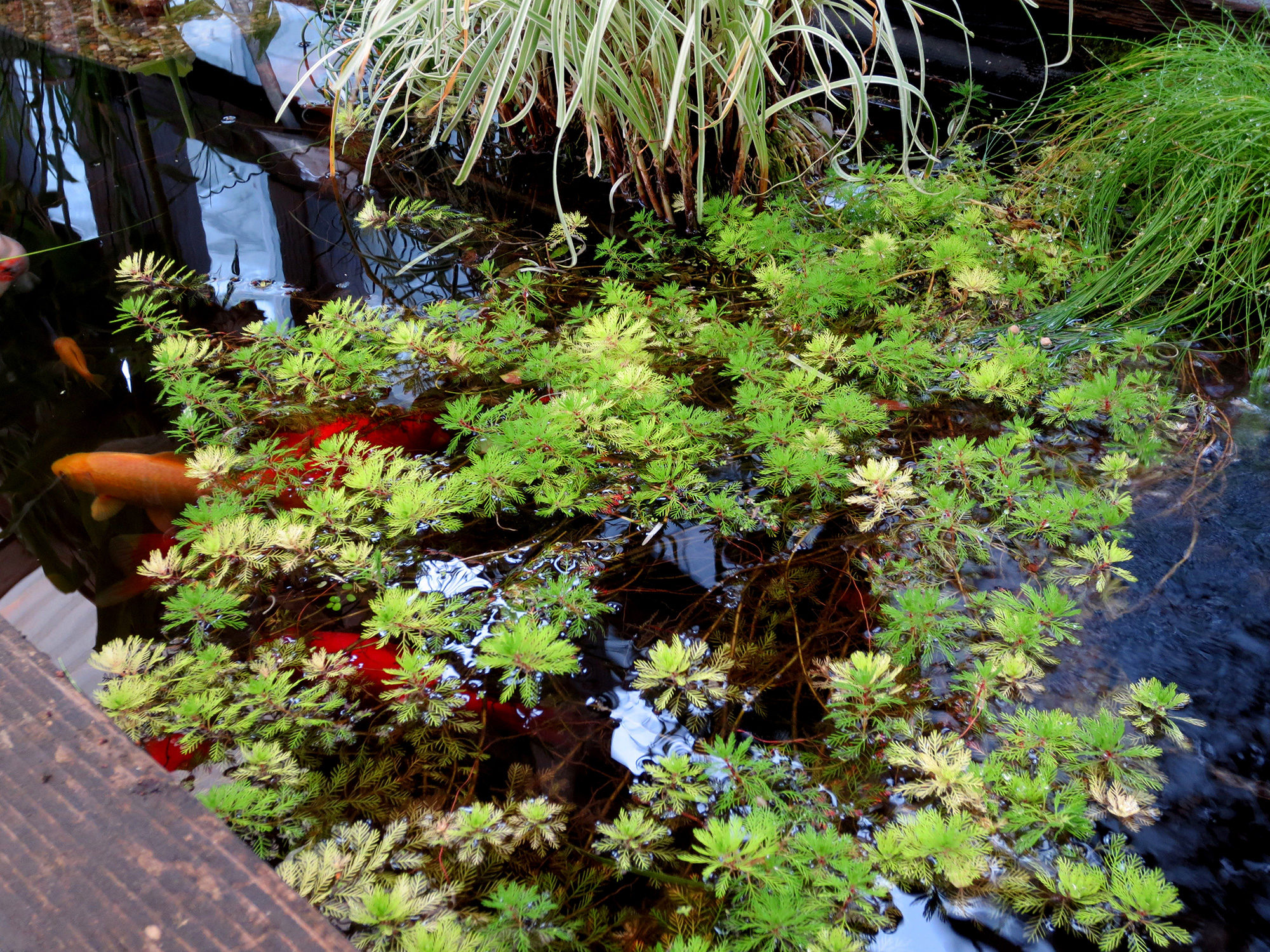Reclaiming Your Pond in Spring
 Spring is here, and your backyard pond is stirring to life after its long winter rest. But on closer inspection, you’re horrified to discover that last summer’s crown jewel has turned into a murky stagnant overgrown swamp. You may cautiously circle this evil pool of death, poking a stick here and there in the foul black water, not sure whether you’ll find belly-up fish, the Loch Ness tadpole, or the cast from Deliverance. How can you restore your water garden to its former glory, after the ravages of winter have reduced it to this morbid mess?
Spring is here, and your backyard pond is stirring to life after its long winter rest. But on closer inspection, you’re horrified to discover that last summer’s crown jewel has turned into a murky stagnant overgrown swamp. You may cautiously circle this evil pool of death, poking a stick here and there in the foul black water, not sure whether you’ll find belly-up fish, the Loch Ness tadpole, or the cast from Deliverance. How can you restore your water garden to its former glory, after the ravages of winter have reduced it to this morbid mess?
- Clean up: As the water temperature rises in spring, waste and leaves that have built up since last fall will start to decompose. This upsets the pond’s pH and oxygen balance, and is stressful to fish. The first step is to remove debris, both from the surface and the depths of the pond. Draining at least half the water makes it easier for you to dredge up any capsized pots or other stray objects (those missing Felcos, maybe a few garden gnomes) that have settled on the bottom.
- Fill the half-drained pond with fresh water: If your water district adds chloramine to tap water, you’ll need to add a product such as Chloramine Buster if you have fish or spawning amphibians. Chloramines don’t harm plants, but will kill animals with gills if not treated.
- Prune: Most of your aquatic plants aren’t as dead as they look, they have merely protected themselves from freezing by going dormant. By March, you should see signs of new shoots. Trim back dead tissue to make room for new growth. Divide plants that have outgrown their pots. Also prune any marginal plants that are growing into the pond.
- If you have a pump, check the electrical equipment and cables for weather damage. Clean pumps and filters before restarting.
- Fish may still be lethargic in cooler water, though a bit more active at midday. Until plant growth has spread to cover a portion of the surface, the fish will be vulnerable to predators like raccoons and heron. You can put a temporary cover over the pond, such as nylon bird netting or a trellis.
- Add new plants: Starting in mid-March, a large selection of aquatic plants will be available at the nursery. This is the time to be creative, to add new textures and colors to the water garden. Create a design that contrasts tall vertical accents with horizontal floaters, feathery trailers, big showy flowers, or dramatic foliage. Have fun!
Soon your pond will be a lush oasis for birds and butterflies. Aquatic plants are quick to recover from winter dormancy. Either give them room, or keep cutting them back if they take over. Just remember: Hold on to those Felcos! They don’t float.
–Elizabeth Churchill (former BHN employee who resides in a small town on Puget Sound.)


